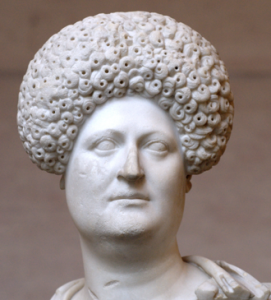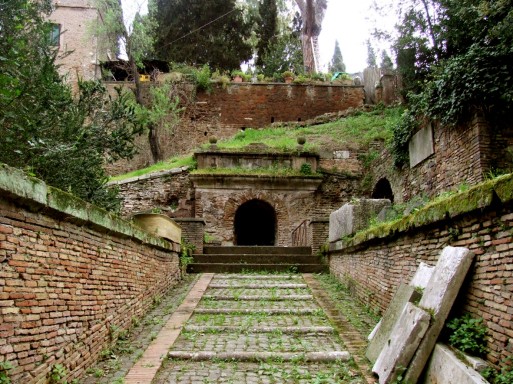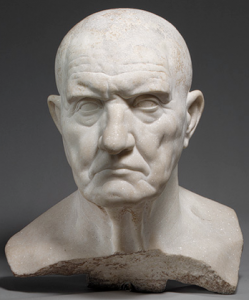The role sculpture plays in memorializing loved ones who’ve passed seems almost inherent today. Personalization thrives in our contemporary selection of memorial sculptures, where families can select anything from angels to motorcycles for a family member. But where did the connection of sculpture and memorializing take root?
“Where did the connection of sculpture and memorializing take root?”
The beginnings of such a prolific tradition could be found in various parts of the world, but perhaps most famously, they are found in ancient Rome. In ancient Roman culture, the death of a loved one – particularly of high social rank – was accompanied by the immediate creation of a waxen image of his head. Then, during the funeral procession, the “head” would be presented in memoriam. Afterwards, the head or (often) complete bust of a family member would be placed in a shrine at home, beside images of other ancestors. Understanding and honoring your ancestry were some of the most stressed aspects of Roman culture – thus, creating a strong, tangible vestige of your lineage became the norm.
“Understanding and honoring your ancestry were some of the most stressed aspects of Roman culture – thus, creating a strong, tangible vestige of your lineage became the norm.”
These sculptures were not only a means to remember a father or a son, but provided the opportunity to forever preserve a unique identity. Unlike Greek sculpture, which was heavily idealized, the Romans sculpted all the nuances and natural expressions of a person’s face. The sculpture was a cherished part of the home, surpassing its role as a mere object; if the bust was damaged in even the slightest way, it meant that harm had been done to the family member it depicted.
Thus, Roman funeral busts became a way to elevate our natural humanity — but simultaneously rendered a loved one as close to immortal as possible through an enduring marble form.
Related SevenPonds Articles:
- The Apocalypse Tapestry of Angers, France
- An Enduring Image of Death: Christ on the Cross
- The Temple of Cremation in Parma Italy

 A Man Immortal? Roman Funeral Sculptures
A Man Immortal? Roman Funeral Sculptures





 Our Annual Seven Holiday Gifts for Someone Who Is Grieving, 2024 Edition
Our Annual Seven Holiday Gifts for Someone Who Is Grieving, 2024 Edition
 “Making Mobiles” by Karolina Merska
“Making Mobiles” by Karolina Merska
 “Hands Up to the Sky” by Michael Franti & Spearhead
“Hands Up to the Sky” by Michael Franti & Spearhead














